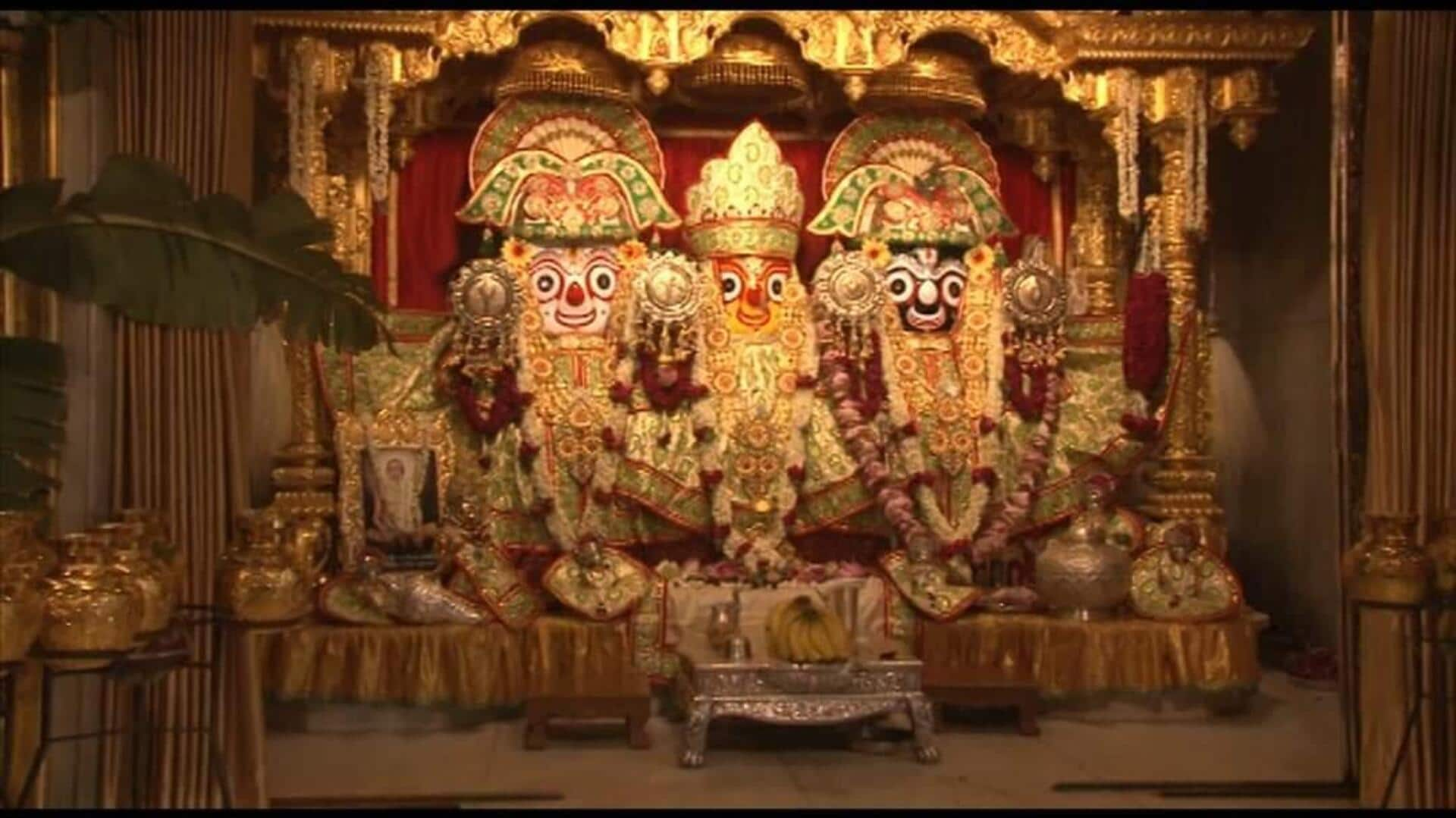
Jagannath Rath Yatra in Ahmedabad: Check complete route of procession
What's the story
The 147th Rath Yatra of Lord Jagannath began early Sunday morning in Ahmedabad, Gujarat. This annual event is the second largest Rath Yatra in India, after the Jagannath Ratha Yatra in Puri, Odisha. The procession includes chariots of Lord Jagannath, his brother Balbhadra, and sister Subhadra, pulled by members of the Khalashi community as per age-old tradition.
Route details
Rath Yatra procession route and timings
The procession starts from the 400-year-old Jagannath Temple in Jamalpur, covering an 18-kilometer route through the Old City before returning to the temple around 8:30pm. The traditional route includes various landmarks such as Jamalpur Chakla, Vaishya Sabha, Gollimda, Astodia Chakla, Madangopal ni Haveli, Raipur Chakla, Khadia Juni Gate, Khadia Crossroads, Panchkuva, Kalupur Circle, Kalupur Bridge, and Saraspur. The chariots are pulled by Khalashi community members from 7:00am until 8:00pm.
Festivities
Festival celebrations and rituals
In addition to the three chariots of Lord Jagannath, his brother Balram, and sister Subhadra, the Rath Yatra procession includes roughly 15 decorated elephants, and 100 vehicles with tableaux. The Rath Yatra is celebrated on Ashadhi Bij, the second day of the Ashadh month as per the Hindu calendar. Union Home Minister Amit Shah performed the mangla aarti, while Gujarat Chief Minister Bhupendra Patel conducted pahind vidhi, or the symbolic cleaning of the path for the Jagannath chariot.
Twitter Post
Shah performs the mangla aarti
જય જગન્નાથ!
— Amit Shah (@AmitShah) July 7, 2024
દર વર્ષની જેમ આજે પણ ભગવાન જગન્નાથજીની રથયાત્રાના શુભ અવસર પર અમદાવાદ સ્થિત શ્રી જગન્નાથ મંદિરની મંગળા આરતીમાં સહભાગી થવાનું સૌભાગ્ય મળ્યું. મંગળા આરતીમાં હંમેશા અપાર શાંતિ અને નવી ઉર્જાની અનુભૂતિ થાય છે. ભગવાન જગન્નાથજી પાસે સૌના કલ્યાણ માટે પ્રાર્થના કરું છું. pic.twitter.com/udgRk0S3SD
Safety preparations
Security measures and medical arrangements for Rath Yatra
To ensure safety during the large-scale event, over 18,000 security personnel have been deployed along the route. This includes 4,500 personnel walking with the procession and 1,931 managing traffic. The procession will be monitored by senior officials using 1,733 body-worn cameras, 20 drones, and 96 surveillance cameras at 47 locations. Additionally, live surveillance will be aided by 1,400 CCTV cameras installed by shopkeepers. For medical emergencies, there are 16 ambulances on stand-by and teams at five hospitals ready to assist.